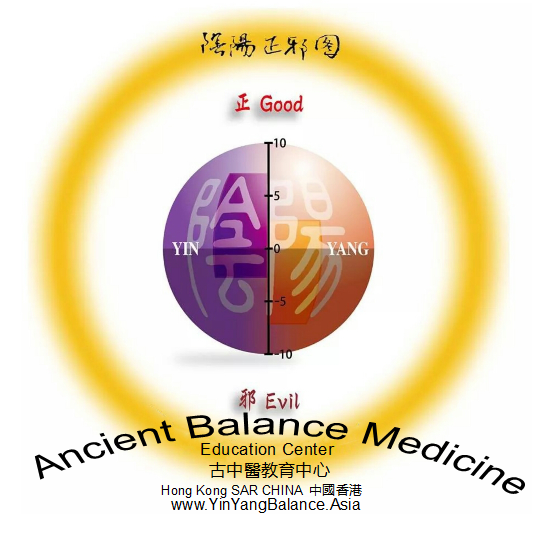ISSS2021: What is Environment? a System? — Ancient-Modern East-West General Systems Theory perspective for the Unity in Diversity 什麽是環境?一個系統?- 以古今中外廣義系統論的觀點來求同存異
2021 June 03Abstract
Environment is a term included in many General Systems Theories including Viable System Model VSM, Systems of Systems SoS, Relational theory, Bateson’s theory, …… But what are the exact structures and functions of the Environment?
Some system scientists stated that “Everything is a System”, then Environment would also be a system and having the same properties as a system? We propose “Anything is a System” and “Anything else is its Environment”. And System and Environment have similar corresponding but complementary structures and functions.
In the case of mobile phones, when an Apps (system) emerge from Data properties, Data Structure, Algorithms, and applications, the system’s corresponding environment would emerge from possible properties, possible data structure, possible algorithms, and possible applications. Environment, as a form of “memory”, could contain any possible system components from very low entropy (information) to very high entropy (chaos) in the system’s perspective. Some consider the environment as “sources” and “sinks” of the system of interest. “Emptiness” may be seen by the system of interest as having the highest entropy. As a higher level observer we would see the Memory structure and Memory algorithms as a larger system called “Operating System OS”. However, in the perspective of the System of Interest, the operating system, the users, the observers, and other “systems” all the way up to the highest levels on the ontology, are seen as the environment by the System of Interest.
Gary Metcalf in ISSS2008 stressed the four components of system thinking as System, Environment, Decision Maker, and Observer. In the ancient Chinese perspective, the world is composed of Heaven 天, Earth 地, and Human 人. We propose that the corresponding interpretation in systems sciences could be Environment+Observer, System, and Decision Maker respectively. If we define the level of systems of interest as being level i, then all the levels above i would be combined into level i+1, and all the levels below i would be combined into level i-1. The three levels perspective systemic analysis seem to be adequate in the ancient Eastern and Western world until we need to get out of planet Earth and become the observer at a higher level, but the same GST would apply there.
The AIC GST by William Bill SMITH seem to base on this three levels perspective for the Appreciation of the Environment, the Influence of other decision makers, and the Control of Systems. Viable System Model also has a higher classification of the 5 levels into 3 categories, namely Environment, Management, and Operation. Different levels interact with different parts of the Environment. The five components of the Operation (properties of Level 1, Level 1 operation, Level 2 coordination, Operation as a whole, the function of the operation), seem to be interacting with their five corresponding components of the environment. Level 3 Control seems to handle the internal system operation and Level 4 Intelligence seems to handle the external environment, where Level 5 Policy is the decision maker for handling the openness of the boundary for the interaction between the system operation and the environment. In Schemas Theory of Kent PALMER, there also exist 3 special systems in the middle to handle the interactions between the system and the Scape (environment). The system is further divided into the five components and the Scape has five corresponding complementary components.
In Artificial Intelligence AI, the number of neurons (observer/memory) decides the importance/weighting of the information. It seems that the observers are as if giving gravity to the system. Nowadays the mathematical three dimensions’ 3D movements and rotations of all the characters in the games apps, are performed by the higher dimension’s mathematical complex numbers calculations in the environment operating system OS of the games apps.
Nora Bateson’s discussions on perspectives, perceptions, context, and ecology could be considered by us as the Environment of the system. The patterns, actions of the system would have their corresponding complementary components in the environment. Co-dependent/co-evolution/togetherness is achieved by the author by opening the boundary of the closed linear systems, and facilitating the communications between subjective-subjective systems, between subjective-objective systems, between greedy thinking human system and the loving working natural environment. Bateson’s ultimate goal would be the re-unification of “something and something else” through awareness, and freeing our mind in the process. This seems to be in line with the ultimate goal of ancient Confucianism 大同, Buddhism 無我, Taoism 無極, and Traditional Chinese Medicine TCM 天人合一 (儒釋道醫).
We do not intend to give you the final answer, but rather would like to explore with you together the possibility of the properties of the Environment with a more systemic perspective, and the possibility of a platform for Unity in Diversity of different GSTs.
References
WONG TSL, EC Tomas 黃炎. (2021). What is Environment? a System? — Ancient-Modern East-West General Systems Theory perspective for Unity in Diversity 什麽是環境?一個系統?- 以古今中外廣義系統論的觀點來求同存異 [Plenary talk, Full Paper TBP]. Proceedings of the 65th Annual Meeting of the International Society for the Systems Sciences (ISSS).
Full Paper
TBP


 古中醫學會心對心
古中醫學會心對心 微博 炎黃子孫共振中醫
微博 炎黃子孫共振中醫 古中醫教育中心面對面
古中醫教育中心面對面 古中醫教育中心 Our Website
古中醫教育中心 Our Website